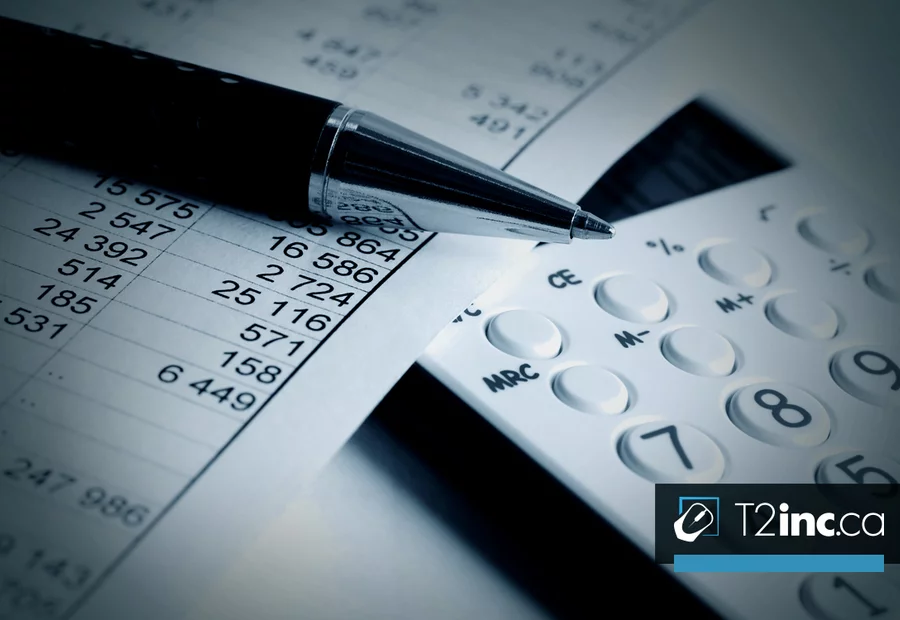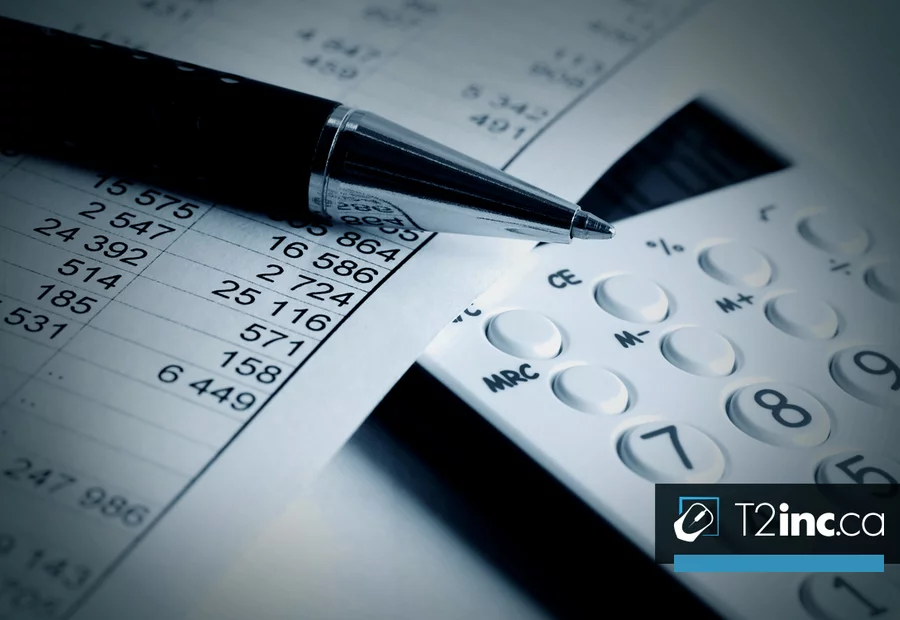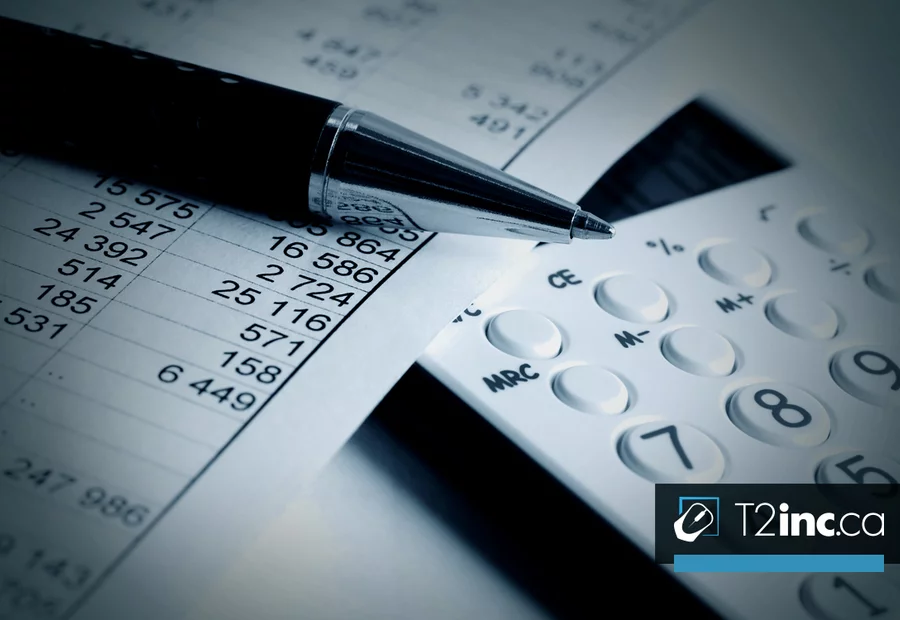Cost Center Accounting: The Basics

Cost management is a major challenge for companies seeking to maintain their profitability and competitiveness in a constantly changing economic environment.
Cost center accounting, also called analytical accounting, is a method that offers an in-depth perspective on indirect cost allocation and decision-making. Recognized for being relevant and effective, this approach enables companies to better understand the impact of their individual activities on overall costs, and to optimize their allocation of resources.
In this article, experts at our corporate tax accounting firm define cost center accounting in detail, explaining what it’s used for as well as its advantages and disadvantages. We’ve also included a case study to help you better understand how analytical accounting works.
What is cost center accounting?
The cost center accounting method is not the same as the ABC or full-cost methods. Analytical accounting divides the company into different operating units called "cost centers". Each cost center groups together homogeneous expenses, i.e. costs with the same measurement basis. These centers can be departments, workshops, or even specific services. The aim is to better reflect the reality of activities, and to understand how each center contributes to total costs.
Purpose of the cost center accounting method
The main goal of cost center accounting is to allocate indirect costs more accurately and fairly. By understanding how each of a company's activities and processes consumes resources, it is possible to better allocate the associated costs.
This approach gives a more detailed view of production costs, enabling companies to make better decisions in terms of pricing, resource management and strategic planning. Ultimately, the goal is to improve a company's overall profitability and efficiency.
Advantages and disadvantages of cost center accounting
Cost center accounting has advantages and disadvantages, which should be carefully evaluated by companies before they decide to use it.
Advantages of cost center accounting
Precise cost allocation
One of the main advantages of cost center accounting is that it makes it possible to allocate indirect costs in a precise and targeted way. By analyzing the specific activities of each cost center, this method helps to avoid inequalities in cost allocation, which can be particularly useful when it comes to setting appropriate selling prices.
Better decision-making
By providing a detailed view of the costs associated with each activity and process, cost center accounting helps managers to make more objective decisions. This includes the ability to prioritize activities according to their contribution to total costs, which can guide optimization strategies.
Strategic planning
By understanding the real costs generated by each activity, a company can develop more effective strategies in terms of investment, expansion and cost reduction, making more accurate long-term planning possible.
Disadvantages of cost center accounting
Complexity and cost
Implementing cost center accounting can be complex, since there is a significant effort involved in collecting and analyzing the data needed to allocate costs. This can result in additional costs in terms of time and resources.
Required resources
Cost center accounting requires ongoing management and monitoring so that data remains relevant and accurate. This may require skilled human resources and appropriate software tools. To get the necessary support, we recommend contacting corporate accounting professionals.
Possible distortions
Although cost center accounting aims to distribute costs more fairly, there may still be distortions due to subjectivity in the choice of allocation keys and cost centers.
Cost center accounting: a practical example
Context
Let's take the example of BOIS EE, a wood furniture manufacturer. BOIS EE has three key departments: the manufacturing department (Workshop A), the finishing department (Workshop B) and the distribution department. The company wants to calculate the cost of each of its products, i.e. wooden tables and chairs.
Applying the method
Step 1: Primary distribution
In the first step, BOIS EE allocates overhead to each department according to relevant criteria. Let's assume that total overhead amounts to $20,000 for Shop A, $15,000 for Shop B and $10,000 for the distribution department. The breakdown is based on the number of direct labor hours for Shop A and the surface area used for Shop B.
- Indirect expenses for Workshop A: $20,000
- Direct labor hours for Shop A: 2,000 hours
- Allocation rate per hour for Shop A: $20,000/2,000 hours = $10/hour
- Overhead for Workshop B: $15,000
- Area used for Workshop B: 300 m².
- Allocation rate per m² for Workshop B: $15,000/300 m² = $50/m².
Step 2: Secondary distribution
In this step, overhead from the auxiliary departments (Workshop A and Workshop B) is distributed to the main department (distribution department).
- Overhead for Workshop A: $20,000
- Direct labor hours consumed by the distribution department: 800 hours
- Cost allocated to distribution department from Shop A: 800 hours × $10/hour = $8,000
- Indirect costs for Workshop B: $15,000
- Surface area used by the distribution workshop: 100 sq.m.
- Cost allocated to distribution department from Workshop B: 100 m² × $50/m² = $5,000
Total indirect expenses allocated to the distribution department: $8,000 + $5,000 = $13,000
Analyze results and make decisions
Now that BOIS EE has allocated overhead, it can calculate the cost of its products. Let's assume that to manufacture a table, Workshop A uses 4 hours of direct labor and Workshop B uses 2 m² of floor space. For a chair, Workshop A uses 3 hours of direct labor and Workshop B uses 1 m² of floor space.
Cost of a table:
- Direct expenses: $100
- Workshop A overhead: 4 hours × $10/hour = $40
- Shop B overhead: 2 m² × $50/m² = $100
- Distribution department overhead: $13,000/(total number of units produced) = $10 (estimated) Total: $100 + $40 + $100 + $10 = $250
Cost of a chair :
- Direct expenses: $60
- Workshop A overhead: 3 hours × $10/hour = $30
- Shop B overhead: 1 m² × $50/m² = $50
- Distribution department overhead: $10 (estimated) Total: $60 + $30 + $50 + $10 = $150
T2inc can help with your business accounting
Cost center accounting is an indispensable tool for companies that want to inform their management decisions with an in-depth understanding of their cost distribution.
If you're looking for corporate accounting expertise to help you implement methods like analytic accounting, look no further than T2inc. Our company specializes in helping businesses at every stage of their financial journey, from doing corporate tax returns to providing business accounting advice.
Whatever the size of your business, contact T2inc today and find out how we can help you with your day-to-day business accounting!
Contact our experts
Have a question? Need help? Fill out our online form to get help from our experts.
Contact usNeed more help?
Contact us by filling out our form
Are you interested in our services, but would like more information before taking the plunge? Contact us today and one of our tax accountants will be in touch to help you.
At T2inc.ca, we're committed to helping business owners manage their company's tax affairs so they can grow their business.




